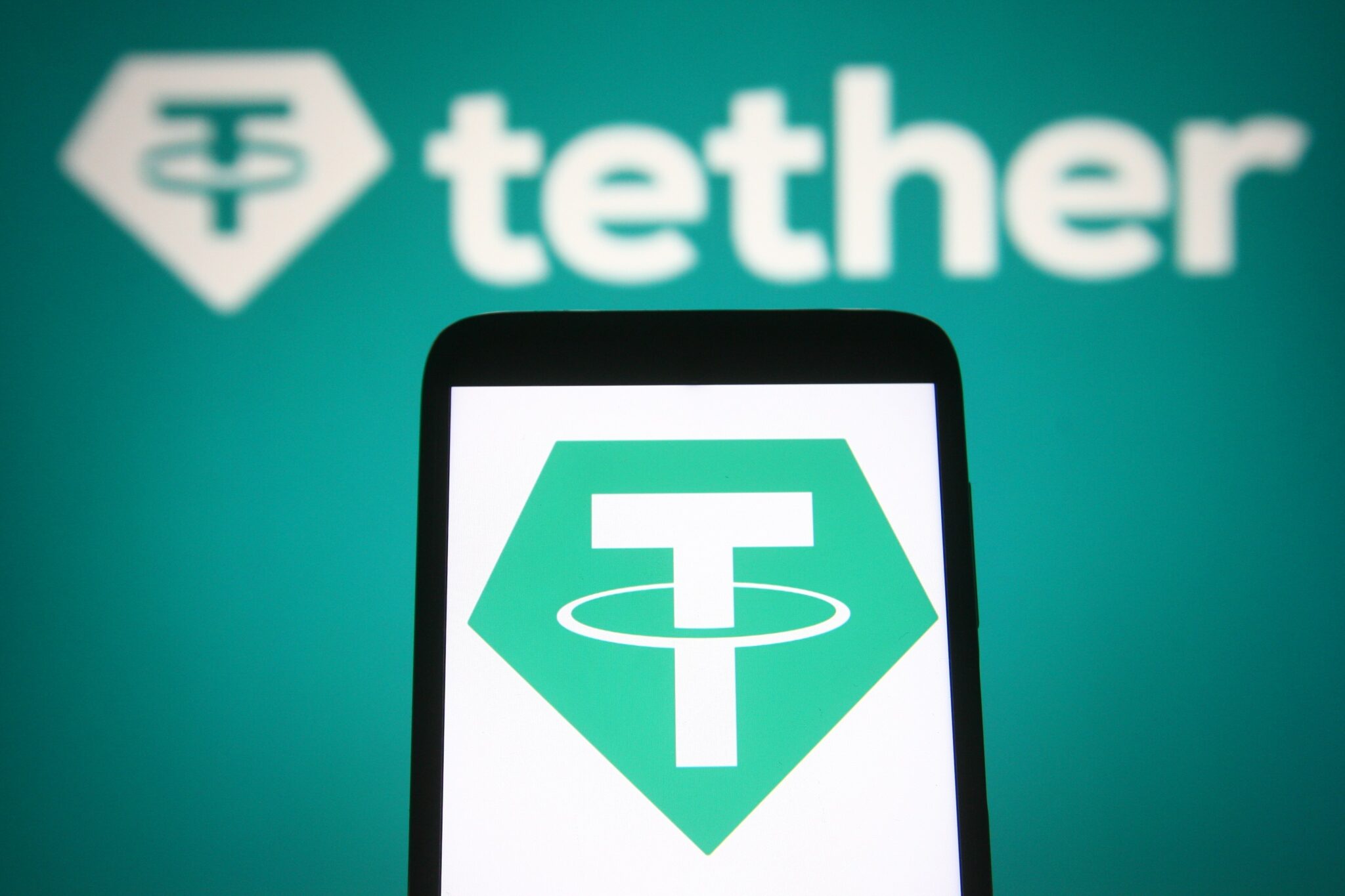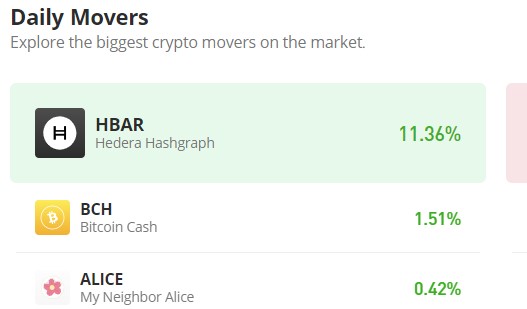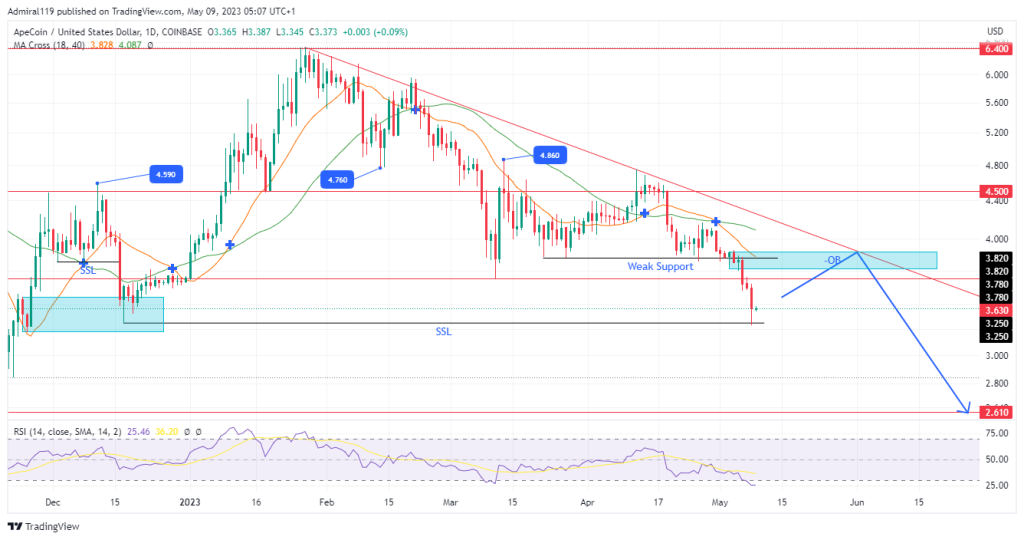What Is the Purpose of USDT?
Don’t invest unless you’re prepared to lose all the money you invest. This is a high-risk investment and you are unlikely to be protected if something goes wrong. Take 2 minutes to learn more

The emergence of stablecoins like Tether USD (USDT) stems from the inherent volatility of traditional cryptocurrencies such as Bitcoin and Ether. This volatility poses significant challenges, rendering them ill-suited for numerous scenarios where stability is paramount.
In response to this volatility, stablecoins have emerged as a reliable alternative, offering a stable value pegged to fiat currencies like the US dollar. This stability enables users to engage in transactions, investments, and other financial activities with confidence, without being exposed to the extreme price fluctuations characteristic of traditional cryptocurrencies.
USDT for Stable Transactions
When it comes to daily transactions, remittances, and financial payments, the assurance of stability stands as a cornerstone. The inherent volatility of cryptocurrencies poses a significant obstacle, casting doubt on their suitability for these essential economic activities.
However, amidst this turbulence, Tether USD shines as a beacon of reliability. Anchored to the steadfast value of the US dollar, USDT emerges as a stalwart option, offering a haven of stability in the turbulent sea of cryptocurrency fluctuations. This stability renders USDT an optimal choice for executing low-volatility transactions with confidence and assurance.
As a Link Between Fiat and Crypto
Navigating decentralized exchanges presents challenges when attempting to purchase cryptocurrencies through conventional payment methods like credit cards. However, in this landscape of hurdles, Tether USD emerges as a valuable intermediary. With its versatility, USDT acts as a seamless bridge, effortlessly connecting fiat currencies to the realm of cryptocurrencies.
Its accessibility allows for straightforward acquisition using fiat currencies, thereby streamlining the transition process across diverse exchanges. Through its facilitation, Tether USD empowers users to traverse the complexities of decentralized exchanges with ease and efficiency.
As a Temporary Value Repository
During periods of intense market volatility, the value of crypto assets can fluctuate drastically. Converting volatile tokens into USDT temporarily can mitigate such risks.
While not as stable as fiat currencies, USDT offers a more stable alternative within the cryptosphere.
For Cryptocurrency Margin Trading
Margin trading requires assets that are stable and highly liquid, allowing for swift deployment and trading across various exchanges. USDT fulfills these criteria, making it a favored choice among crypto margin traders aiming to amplify their positions. With its stability and widespread acceptance, USDT enables traders to execute margin trades with confidence and efficiency, leveraging their investments effectively within the dynamic cryptocurrency market.
Within Trading Pairs
Traders seek to mitigate volatility risks, but direct trading between two cryptocurrencies often exposes them to high volatility levels. USDT offers an alternative approach through trading pairs where it serves as the base currency. Many exchanges feature trading pairs incorporating USDT alongside other cryptocurrencies.
For International Remittances
Conventional cross-border transactions incur hefty fees and face limitations in regions with inadequate banking infrastructure. USDT presents a cost-effective solution, enabling users to transfer funds globally at a fraction of the cost, even in areas lacking traditional banking services.
What Drives High USDT Yields?
In 2024, traditional savings accounts offered yields of around 0.46%, according to the FDIC. So, why do USDT rates soar? This inquiry is valid, given USDT’s price stability linked to the US dollar, minimizing volatility risks almost entirely.
Platforms like Nexo leverage a model where users lend cryptocurrency to borrowers seeking higher rates. These borrowers use their crypto as collateral, a feature absent in traditional banking. Consequently, the surge in demand for loans backed by crypto collateral propels interest rates.
USDT Staking vs. Lending
Staking and lending provide avenues for investors to profit from their crypto assets without selling them, an option lacking in traditional savings accounts amidst today’s low-interest-rate climate. Fortunately, stablecoins like USDT offer opportunities for staking and lending instead.
The primary contrast between staking and lending lies in users leasing their USDT to blockchain or crypto platforms for rewards in staking, while USDT lending entails renting funds to borrowers to earn interest.





